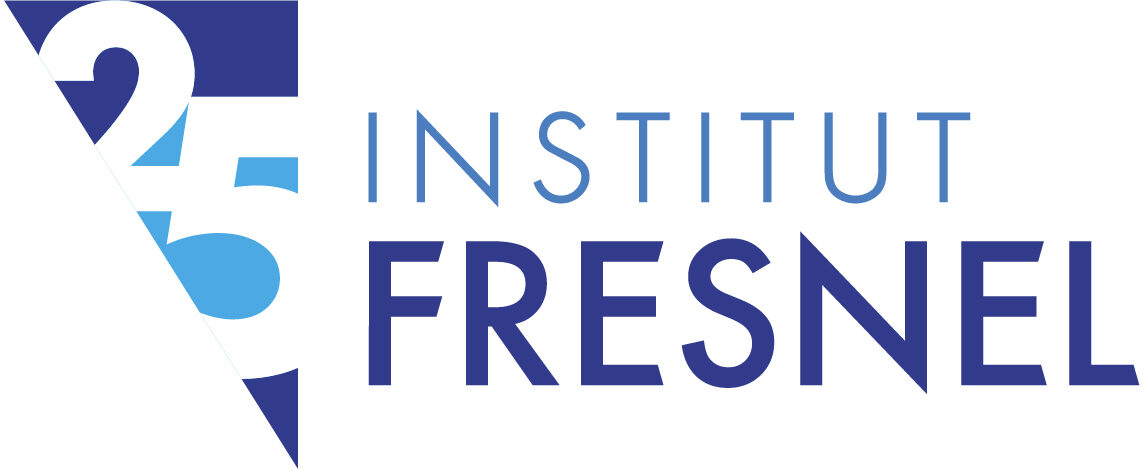- - Team : Clarte
- - Thesis Direction : Nicolas BONOD
- - Place : Institut Fresnel, Marseille
- - Dates : 01/09/2024
- - Duration : 36 months
- - Funding : CIFRE funded by STMicroelectronics
- - Contact : nicolas.bonod@fresnel.fr
Context : The rise of applications such as autonomous cars, human-machine interaction, AR/VR and the rise of AI have provided a strong demand for ever more accurate and smaller CMOS image sensors both in the IR and in the visible range. For this next generation of IR imagers, the strong
requirement for high performance coupled to even more aggressive miniaturization are mainly limited by pixel optics. High-quality color and IR spectrum acquisition cannot be performed today using the same cell, as the respective parts of the spectrum cannot be isolated dynamically. This
strongly limits the possibilities for scaling at the cell and system level. Moreover, module-level optics are currently bulky comprising of complex systems of more than 12 lenses. To continue the Moore’s Law space required by on pixel, optical elements need to be reduced while providing ever more complex functionalities.
Metasurfaces are systems of geometrical shapes to manipulate light properties. Moreover, when created using Phase change Materials (PCM) the optical function properties can be tuned dynamically thus enabling advanced optics like beam steering, holography, active filtering and more. The choice of optical design and materials plays a fundamental role in the optical response and needs to be carefully tailored to the application. Furthermore, angle tolerance is a challenge for metasurface optics that needs to be addressed if such systems are to find themselves in real world
applications.
Objective : The objective of this thesis is to design and optimize active metasurface-based PCM optics. The active metasurface will be fully integrated in CMOS Image Sensors (CIS), both from an optical design as well as from a device architecture standpoint: the electro-thermal driving system ; driver circuit as well as process integration that will render such device feasible are to be defined. Topic of the PhD thesis: In the first phase of the project, the PhD student will work on the numerical modeling of metasurfaces and will optimize the optical response in terms of materials and shapes. The student will work with several methods developed at Institut Fresnel. The theoretical analysis of the results will help identifying the optimal design. The PhD student will work on angle-robust optical designs studying the underlying physics versus device limitations. In a second part of the project, the proposed devices will be integrated in state-of-the-art CMOS technology. Device architecture and active CMOS drivers will have to be co-optimized for the given device as the first proof of concept is envisioned. The student will work in collaboration with circuit designers and process integration in iterative learning cycles.
Required Skills :
• Master’s in Physics / Photonics or Electrical Engineering.
• Optics, Photonics and Electromagnetism at the master’s level.
• Prior experience in computational electromagnetism is a strong plus.
• Prior experience or exposure to AI optimization techniques is a plus.
• Basic knowledge of at least one scripting language for data analysis (Python / MATLAB / R) is welcome but not required.
Conditions : This PhD thesis is a CIFRE funded by STMicroelectronics, which will be co-supervised by a team of researchers at Institut Fresnel (Marseille) and ST Microelectronics (Crolles). The PhD thesis will be affiliated with Aix Marseille University and Doctorate School ED352.
Co directeurs de thèse :Anne Laure FEHREMBACH Evgueni POPOV, and Marios BARLAS

